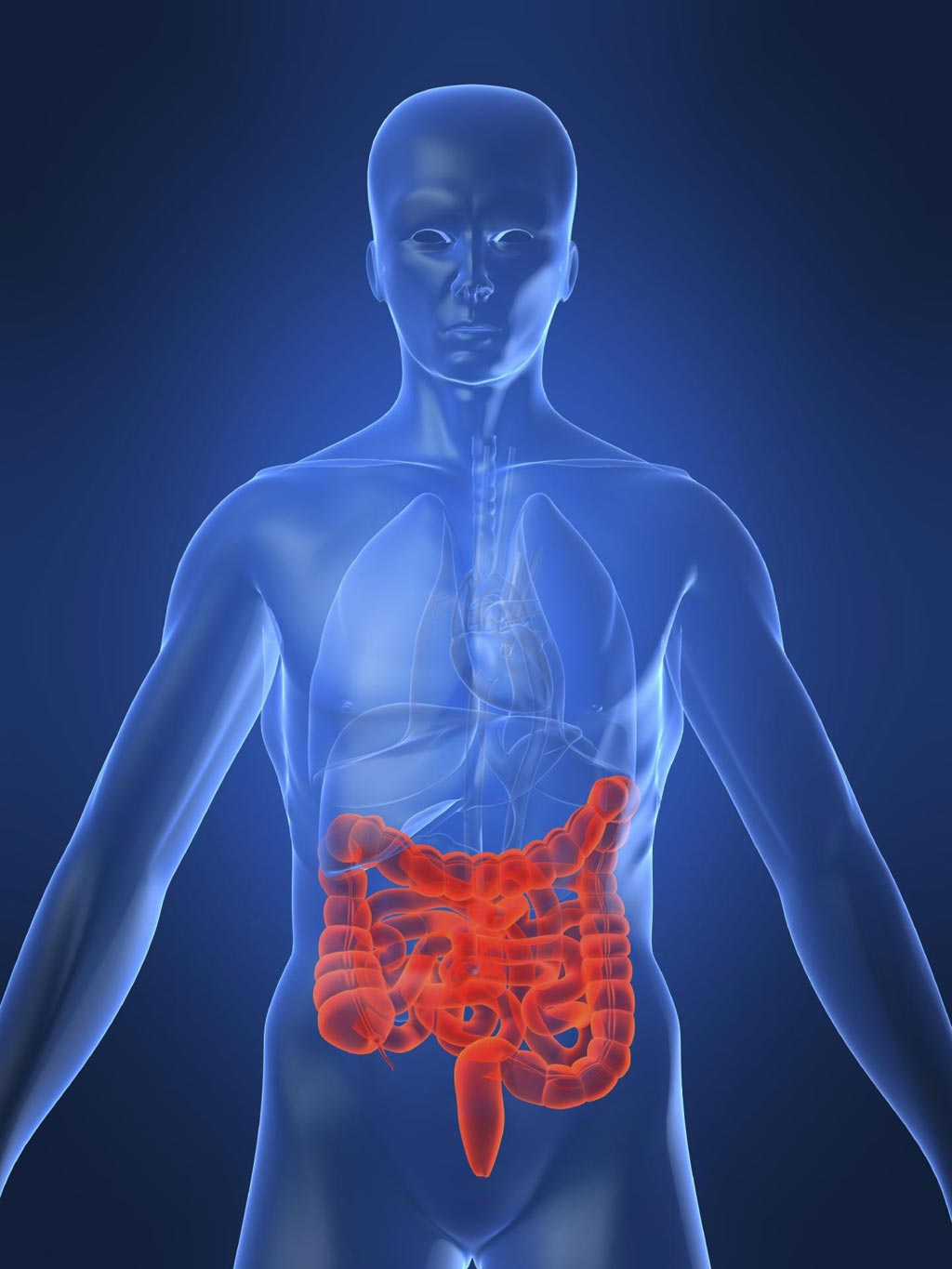Immunoproteomics Identifies New Biomarkers for Crohn’s Disease
By LabMedica International staff writers
Posted on 23 Mar 2017
Using a new screening approach, a study aimed at developing a better blood test for Crohn’s disease (CD) successfully identified several antibodies that could serve as diagnostic markers.Posted on 23 Mar 2017
The study, based on links between CD and the immune response against self-proteins, was led by scientists Josh LaBaer and Ji Qiu of the Biodesign Institute of Arizona State University (AZ, USA), along with gastroenterologists Shabana Pasha and Jonathan Leighton from Mayo Clinic Arizona.

Image: The diagnosis, understanding, & treatment of Crohn’s disease may have now received a helping hand from a study aimed at developing a better blood test for the disease (Photo courtesy of the Biodesign Institute, Arizona State University).
Currently, diagnosis can be very difficult and involves expensive MRIs, invasive biopsies, or cataloging symptoms. The cause of CD remains a mystery, but the immune system is somehow triggered to attack the gut. Knowing this, Profs. LaBaer and Qiu advanced a new immunoproteomics approach to broadly sift through immune system proteins in blood to identify early-warning markers.
"There has been increasing evidence that suggests the Crohn's disease immune response may be a result of altered microbes in the gut or exposure to harmful toxins that will result in antibodies against microbial and human proteins being made that are very specific manifestation of the disease," said Prof. Qiu, many potential “blood-based biomarkers have been discovered, but currently commercially available blood tests have not been widely adopted into clinical practice because they fail to accurately diagnose CD."
The researchers developed a method they called nucleic acid programmable protein arrays (NAPPA), which avoids making protein arrays by standard timely and costly protein purification, but rather by making fresh protein at the time of the test from more stable DNA on the slide. With this they probed 48 patient and 48 healthy control sera (obtained from biobanks at Mayo Clinic Rochester (MN, USA) and Mayo Clinic Arizona) against proteins on the arrays – 1906 unique proteins culled from Prof. LaBaer's human gene collection bank.
Several marker-candidate autoantibodies were identified based on having a sensitivity of over 15% in the patients, then validated in an independent set of patients and controls. The best were used to create a biomarker panel that optimized accuracy of their new test. "Biomarker studies can be plagued with issues of sensitivity and specificity," said Prof. Qiu, “we have to ensure that that they have the required classification performance in distinguishing patients from healthy controls and other gut disorders."
The strongest biomarker candidates were for bacterial flagellin antibodies, which showed the strongest reactivity and highest prevalence on the arrays, achieving a sensitivity of 46% at 95% specificity. A novel biomarker was the antibody against SNRPB (small nuclear ribonucleoprotein-associated proteins B and B'), which plays a general role in protein synthesis. SNRPB has also been associated with Lupus patients, known as the "Smith antigen."
What does the detection of these autoantibodies mean in our understanding of Crohn's disease? "One possibility is that these antibodies reflect dysregulated immune response in the gut," said Prof. LaBaer, "Another is that they could play a pathogenic role. But so far, we simply don't have enough such antibodies discovered to understand their functional role." The ~2,000 human proteins used in the study are but a fraction of human and microbial proteins in the over 30,000 unique proteins contained in their collection. They will conduct future studies on autoantibodies and anti-microbial antibodies against CD-related microorganisms from microbiome studies.
"No single biomarker is going to be predictive and meet clinical needs," said LaBaer, "Only a panel of biomarkers, made of individually validated biomarkers, will achieve the best performance in the clinic. But we are excited about the potential of this immunoproteomics approach for CD and will work to discover additional biomarkers."
The study, by Wang H et al, was published February 14, 2017, in the Journal of Crohn’s and Colitis.














